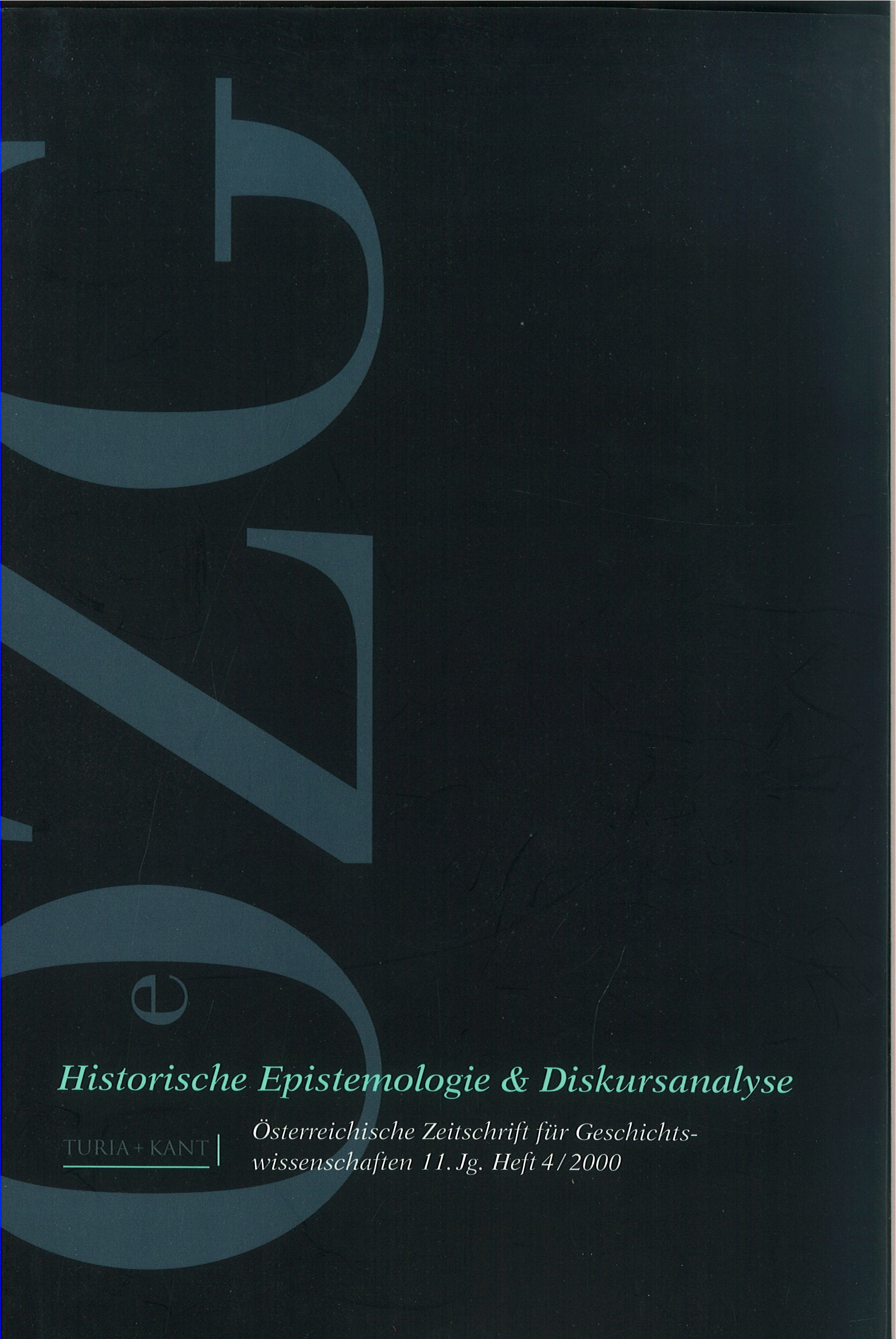Zur Konstitution politischer Subjekte im 19. Jahrhundert
DOI:
https://doi.org/10.25365/oezg-2000-11-4-4Abstract
»The people« (Volk) and its constitutions actually seem more than questionable: on the one hand nothing is more dubious than the historical conditions and possibilities of this political subject, which pretends its being in so many places; on the other hand »the people« is invented, constructed, fictionalized, homogenized, imagined and moreover, a supposed substance of »the people« is implored or rejected by attributions. Thus it is this object - »the people« and its creation (production) - which requires an exposition. This article deals with the political subject of »the people« in the specific forms and structures of its appearance and analyzes its historical and epistemological genealogy in the 19th
Conceptions of natural law tried to show that »the people« is still in the state of nature (Sieyes). But they also evoked »the people« as a population and hence as a technological and administrative object. Following this the transformations of those discourses that aim at a possible unity of »the people« have to be introduced. For the main question is: Which part of »the people« presents itself and which part is represented? Thus the constitution and structure of political subjects will be stressed in relation to creation (production) and representation, by examining the most important discursive strategies in the archive of the 19th century.


